EUR/USD weekly outlook: October 27 - 31
The euro edged higher against the dollar on Friday as an improvement in German consumer confidence buoyed up the single currency.
EUR/USD was up 0.17% to 1.2668 in late trade, after rising to session highs of 1.2695. For the week, the pair was down 0.62%.
The euro found support after the forward looking Gfk index of German consumer climate ticked up to 8.5 for November from a revised 8.4 in October.
The index had fallen sharply in the preceding two months as concerns over geopolitical risks and the ensuing economic slowdown weighed.
Concerns over European bank stress test results along with a confirmed Ebola diagnosis in New York City bolstered safe haven demand for the yen and saw the dollar weaken slightly.
The dollar slid against the yen after a doctor in New York tested positive for the Ebola virus after returning from Guinea. The news fuelled concerns that a widespread outbreak of the virus could derail global economic growth.
The dollar later pulled away from session lows against the euro and the yen after data showed that U.S. new home sales rose 0.2% from a month earlier to hit a six year high of 467,000 in September.
The US dollar index, which tracks the performance of the greenback against a basket of six major currencies, was down 0.19% to 85.79 late Friday. The index still ended the week higher, stabilizing following a steep selloff in the previous week.
Fears that a slowdown in global economic growth could act as a drag on the U.S. economic recovery have prompted investors to push back expectations for an increase in interest rates by the Federal Reserve to the second half of 2015.
In contrast, the European Central Bank has cut interest rates to record lows in recent months and announced monetary stimulus measures in a bid to spur growth in the euro area.
The single currency weakened across the board earlier in the week after Reuters reported that the ECB is examining plans to widen its asset purchasing stimulus program to include corporate debt.
In the week ahead investors will be looking ahead to the outcome of Wednesday’s Federal Reserve meeting amid expectations that it will wind up its asset purchase program. Investors will be scrutinizing the Fed statement for further indications on how soon interest rates could start to rise.
Friday’s report on euro zone consumer inflation will also be in focus, amid growing expectations that the ECB will have to take additional easing steps to boost the flagging euro area economy.
Monday, October 27
- The Ifo Institute is to release its report on German business climate. The euro zone is to release data on M3 money supply and private loans.
- The U.S. is to publish an industry report on pending home sales.
Tuesday, October 28
- The U.S. is to release data on durable goods orders and a report by the Conference Board on consumer confidence.
Wednesday, October 29
- The Federal Reserve is to announce its federal funds rate and publish its rate statement.
Thursday, October 30
- In the euro zone, Germany is to produce preliminary data on the consumer price index, which accounts for the majority of overall inflation. The country is also to release a report on the change in the number of people unemployed.
- Elsewhere in the euro area, Spain is to release preliminary data on consumer inflation and third quarter GDP.
- The U.S. is to publish revised data on third quarter GDP, as well as the weekly report on initial jobless claims. Later in the day, Fed Chair Janet Yellen is to speak at an event in Washington; her comments will be closely watched.
Friday, October 31
- The euro zone is to release what will be closely watched preliminary data on consumer inflation, as well as a report on the unemployment rate. In addition, Germany is to report on retail sales, while France is to publish data on consumer spending.
- The U.S. is to round up the week with data on personal income and expenditure as well as revised data on consumer sentiment and a report on business activity in the Chicago region.


 LinkBack URL
LinkBack URL About LinkBacks
About LinkBacks





 Reply With Quote
Reply With Quote
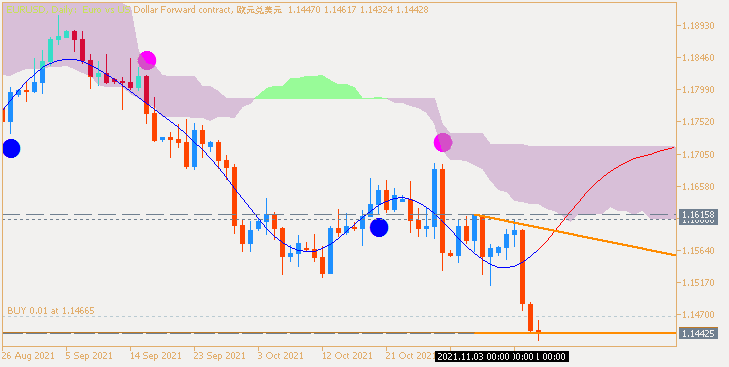
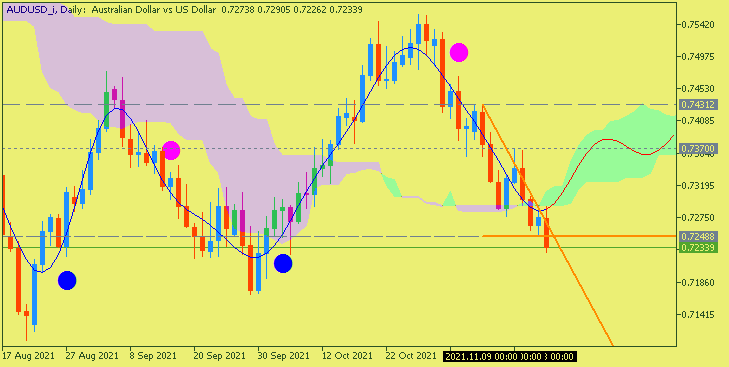
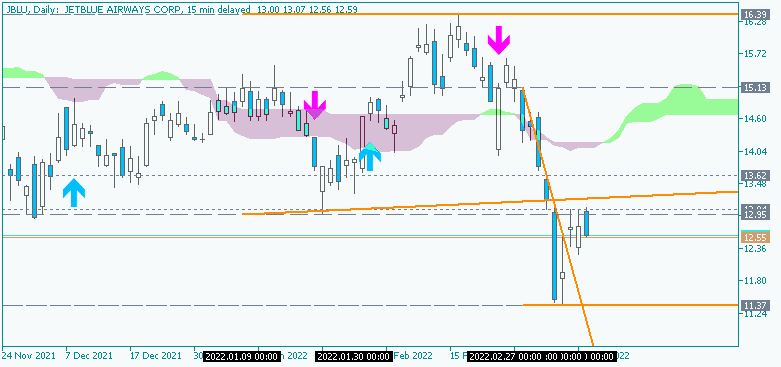
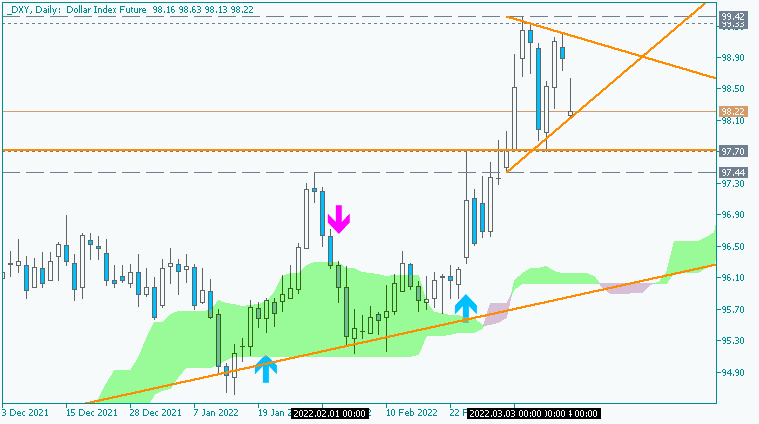
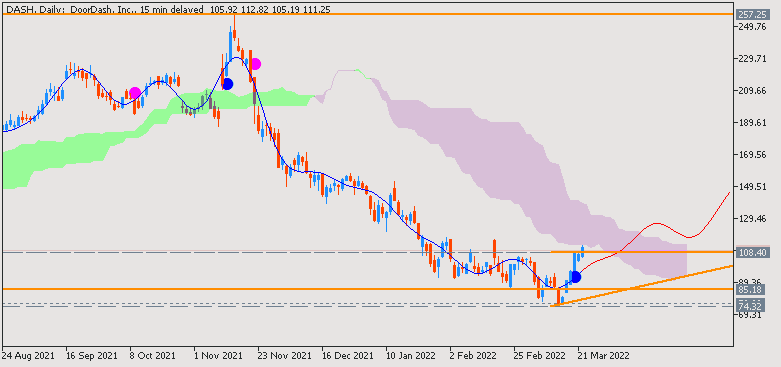
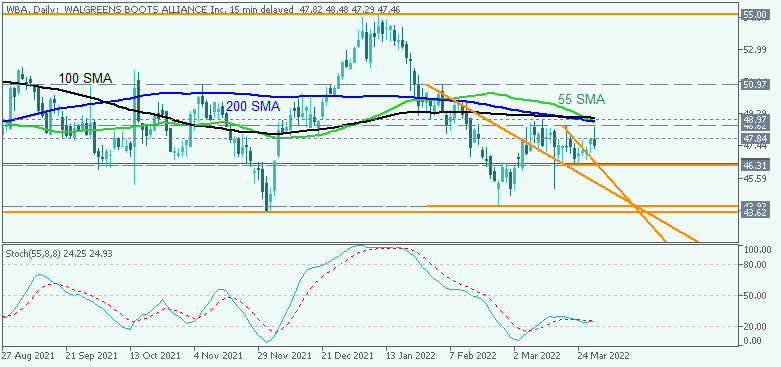
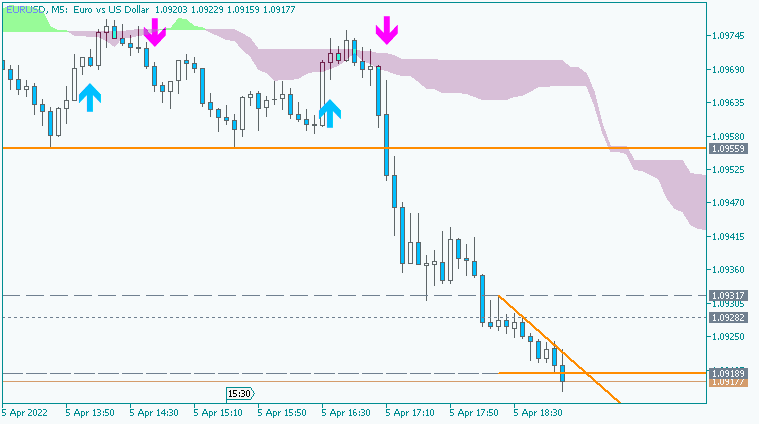
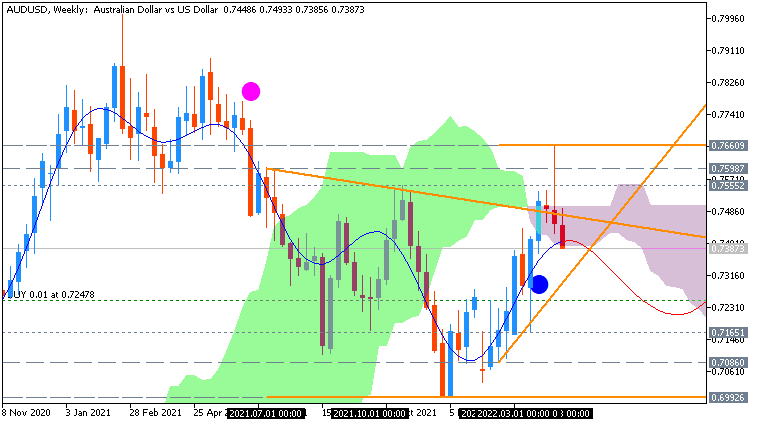


Bookmarks